The Nausea – Requiem
A violin engulfed in fames: it’s hard to imagine a visual that’s more evocative of the Nausea‘s tense, excoriating, yet often melodic and bowed string-driven soundworld than the one emblazoned on the cover of Requiem, their frst full-length. Vancouver-based multi-instrumentalist and composer (among many other things) Anju Singh has been cultivating this largely solo endeavour since consecrating it in 2010, but had been working with related sounds and ideas as early as 2005. Requiem represents a culmination of these many years of exploration and creation.
Un violín envuelto en llamas: es difícil imaginar una imagen más evocadora del mundo sonoro tenso, exasperante y a menudo melódico de las cuerdas de Nausea que la que aparece en la portada de Requiem, su primer larga duración. Anju Singh, multiinstrumentista y compositora (entre otras muchas cosas) afincada en Vancouver, ha estado cultivando este proyecto en solitario desde su consagración en 2010, pero ya en 2005 había estado trabajando con sonidos e ideas afines. Réquiem representa la culminación de estos muchos años de exploración y creación.
Tough the record embraces several instruments and approaches, it’s built around the singular tone Singh extracts from the violin —a narrow, keening, electric sonority whose silvery hue is perfectly suited to the interwoven layers she unfurls with it. At points her percussive attack might evoke the rustic folkishness of various fidling traditions, while at other moments her sound is warmed by a vibrato that connects obliquely to classical music. However, there’s always an underlying alien quality to how Singh wields the instrument. Her preferred means of amplifcation–every gesture being pushed through a pickup lodged in the bridge of her violin —augments this fact, showing little interest in replicating the instrument’s natural, acoustic characteristics.
Aunque el disco abarca varios instrumentos y enfoques, está construido en torno al tono singular que Singh extrae del violín, una sonoridad estrecha, aguda y eléctrica cuyo tono se adapta perfectamente a las capas entrelazadas que despliega con él. En algunos momentos, su ataque percusivo puede evocar el folclore rústico de varias tradiciones violinísticas, mientras que en otros su sonido se caldea con un vibrato que conecta oblicuamente con la música clásica. Sin embargo, siempre hay una cualidad alienígena subyacente en la forma en que Singh maneja el instrumento. Su método preferido de amplificación -cada gesto se transmite a través de una pastilla alojada en el puente de su violín- pone de manifiesto este hecho, mostrando poco interés en reproducir las características acústicas naturales del instrumento.
Requiem was crafted to honour death and its various stages and forms, a subject that’s long nourished her work as an artist. In a 2020 conversation with Leslie Ken Chu for New Feeling, she reveals that her experiences as a child at funerals played a major role in stoking her fascination. “I didn’t know what to do,» she says in the article «I didn’t want to cry. And I didn’t understand why I didn’t want to cry […] I was always really confused. And I think I still have that. I’m not entirely sure what is supposed to happen at a funeral.» Te requiem as a medium, meanwhile, was enticing for her as it ofered structured means to process death. Her 2017 release Requiem Aeternam also explored this approach and even presented embryonic versions of some of these pieces.
Réquiem se creó para rendir homenaje a la muerte y a sus diversas etapas y formas, un tema que ha alimentado durante mucho tiempo su trabajo como artista. En una conversación mantenida en 2020 con Leslie Ken Chu para New Feeling, revela que sus experiencias de niña en los funerales desempeñaron un papel fundamental a la hora de avivar su fascinación. «No sabía qué hacer», dice en el artículo, «no quería llorar. Y no entendía por qué no quería llorar […] Siempre estuve muy confundida. Y creo que todavía lo sigo estando. No estoy del todo segura de lo que se supone que debe pasar en un funeral». El réquiem como medio, mientras tanto, era atractivo para ella, ya que ofrecía medios estructurados para procesar la muerte. Su lanzamiento de 2017 Requiem Aeternam también exploró este enfoque e incluso presentó versiones embrionarias de algunas de estas piezas.
Tere’s a persistenc, even a certain relentless quality, to the unfolding of these compositions, even when they inhabit a gentler emotional register. And when these pieces blossom into dissonant swarms or detonate into white-hot blasts of noise, it throws the foreboding inevitability of other sections into stark relief. It’s this combination of leaden trudge, aural violence, and eldritch imagery that forge a connection between the Nausea and extreme metal genres such as black metal and doom, though Singh doesn’t actually venture into that stylistic territory on the disc. Te spectral churn of the Nausea’s brand of experimentalism clearly draws from a diverse array of others sources. Many of these elements can be traced throughout Singh’s prolifc and multi-pronged artistic practice.
Hay una persistencia, incluso una cierta cualidad implacable, en el desarrollo de estas composiciones, incluso cuando habitan un registro emocional más suave. Y cuando estas piezas florecen en enjambres disonantes o detonan en explosiones de ruido, la premonitoria inevitabilidad de otras secciones queda en evidencia. Es esta combinación de violencia auditiva e imaginería la que forja una conexión entre Nausea y géneros de metal extremo como el black metal y el doom, aunque Singh no se aventura realmente en ese territorio estilístico en este disco. La espectral agitación del experimentalismo de The Nausea se nutre claramente de una amplia gama de otras fuentes. Muchos de estos elementos pueden rastrearse a lo largo de la prolífica y polifacética práctica artística de Singh.
Singh is indeed quite invested in heavy music making, performing as a member of bands such as Ahna, Grave Infestation and celebrated black/death metal outft Ceremonial Bloodbath. Te latter’s Command Sacrifce – Demo was once touted by Pitchfork in 2017 as among the 5 Most Important Debuts in Metal Right Now. Te group has since seen acclaim in Encyclopedia Metallum, Metal Injection, Heavy Is Heavy, Backseat Mafa, and elsewhere. However Singh’s body of work moves well beyond that sphere and even explores artistic realms beyond the musical. She has long been a key instigator in Vancouver’s arts scene in roles that have spanned curating of the Vancouver Noise Fest to acting as a primary force within MAC, Media Arts Committee. Her work has been presented in various capacities across Canada, in Europe, Brazil, Mexico, Asia, and the United States at a variety of spaces that include Fylkingen in Stockholm, Sweden; Winnipeg’s Send + Receive Festival, Vancouver’s Jazz Festival, the Polygon Gallery, and New Forms Festival. Singh characterizes her output as process-based, bringing contrasting themes and concepts together. One of her core creative strategies is using methods of deconstruction and reanimation to repurpose and contextualize materials in new compositional environments. Recently she was hosted as a composer by renowned Toronto chamber ensemble Continuum for their PIVOT program, and participated in Zussammen, an instrument building residency in Vancouver supported by Currently Arts Society and Canada Council. While maintaining an active presence in the visual arts, she has also recently collaborated with artist Sammy Chien in developing the immersive installation Breathe, and built the foundation of operatic work Inferno through a partnership with re:Naissance Opera.
Release date: June 7th, 2024.
Singh está muy involucrada en la creación de música heavy, actuando como miembro de bandas como Ahna, Grave Infestation y el célebre grupo de black/death metal Ceremonial Bloodbath. Command Sacrifce – Demo, de este último, fue promocionado por Pitchfork en 2017 como uno de los 5 debuts más importantes del metal en la actualidad. Desde entonces, el grupo ha sido aclamado en Encyclopedia Metallum, Metal Injection, Heavy Is Heavy, Backseat Mafa y otros medios. Sin embargo, la obra de Singh va mucho más allá e incluso explora ámbitos artísticos más allá de lo musical. Ha sido durante mucho tiempo una de las principales instigadoras de la escena artística de Vancouver, desde comisaria del Vancouver Noise Fest hasta fuerza motriz del MAC, Media Arts Committee. Su obra se ha presentado en diversos espacios de Canadá, Europa, Brasil, México, Asia y Estados Unidos, como el Fylkingen de Estocolmo (Suecia), el Send + Receive Festival de Winnipeg, el Festival de Jazz de Vancouver, la Polygon Gallery y el New Forms Festival. Singh caracteriza su producción como basada en el proceso, que aúna temas y conceptos contrastados. Una de sus principales estrategias creativas consiste en utilizar métodos de deconstrucción y reanimación para reutilizar y contextualizar materiales en nuevos entornos compositivos. Recientemente ha sido acogida como compositora por el renombrado conjunto de cámara Continuum de Toronto para su programa PIVOT, y ha participado en Zussammen, una residencia de construcción de instrumentos en Vancouver apoyada por Currently Arts Society y Canada Council. Además de mantener una presencia activa en las artes visuales, recientemente ha colaborado con el artista Sammy Chien en el desarrollo de la instalación inmersiva Breathe, y ha construido los cimientos de la obra operística Inferno a través de una asociación con re:Naissance Opera.Fecha de lanzamiento: 7 de junio, 2024.
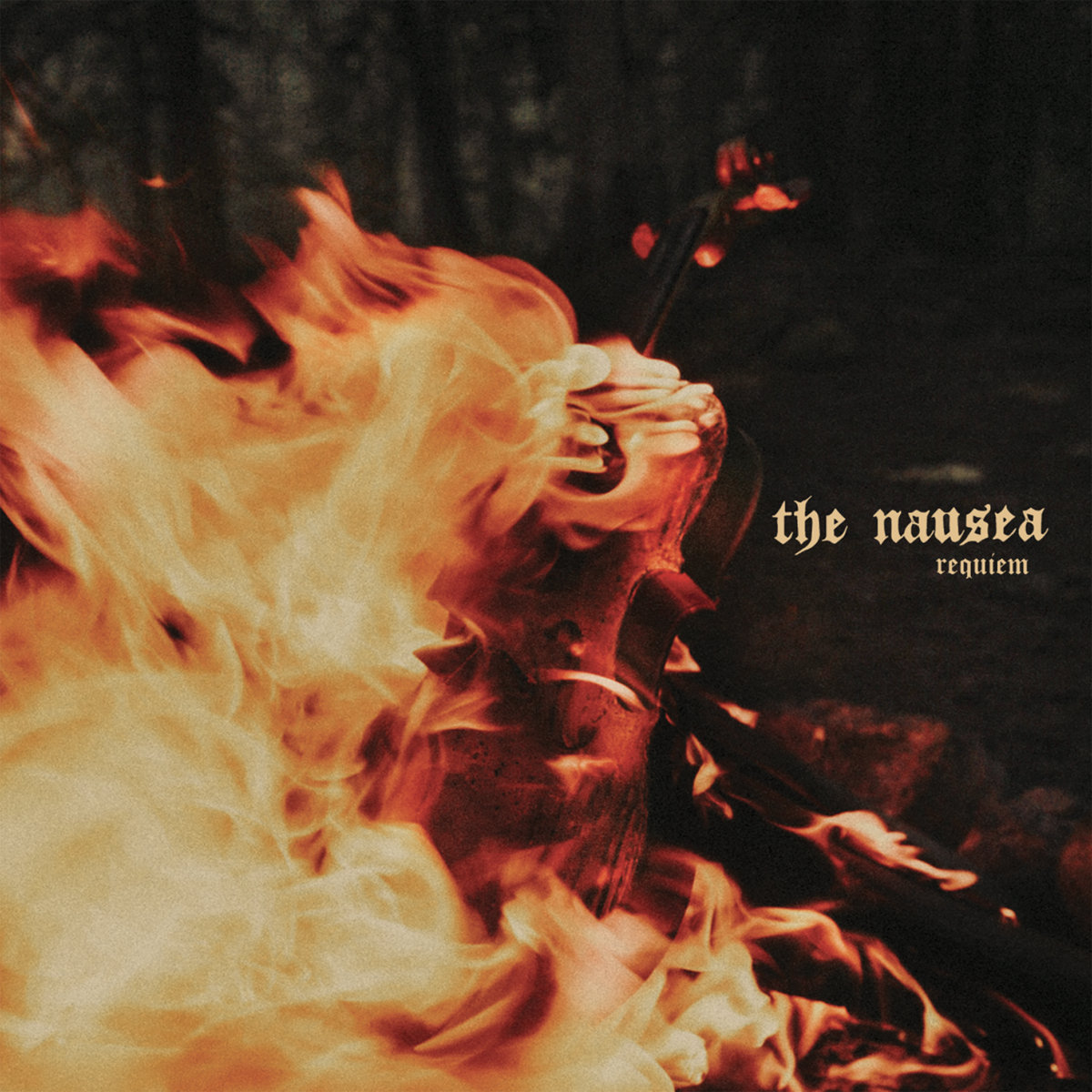

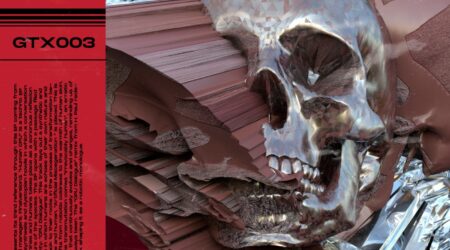
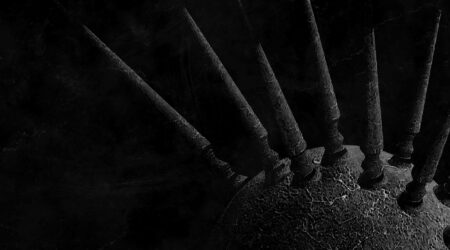
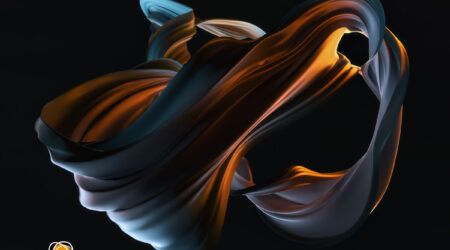
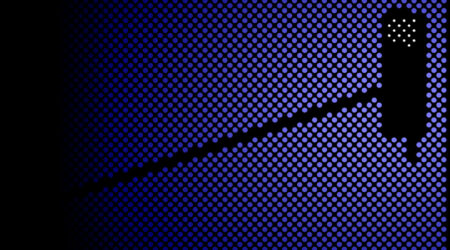
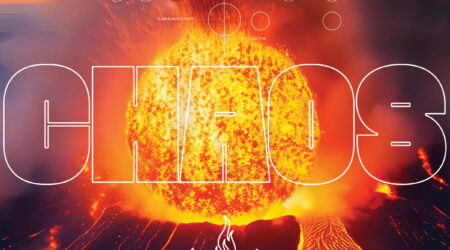


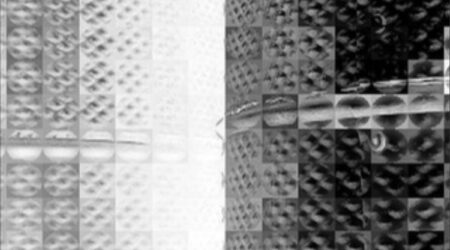
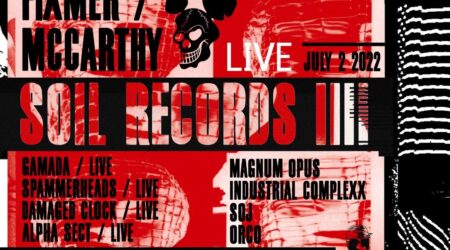
Deja una respuesta
Lo siento, debes estar conectado para publicar un comentario.